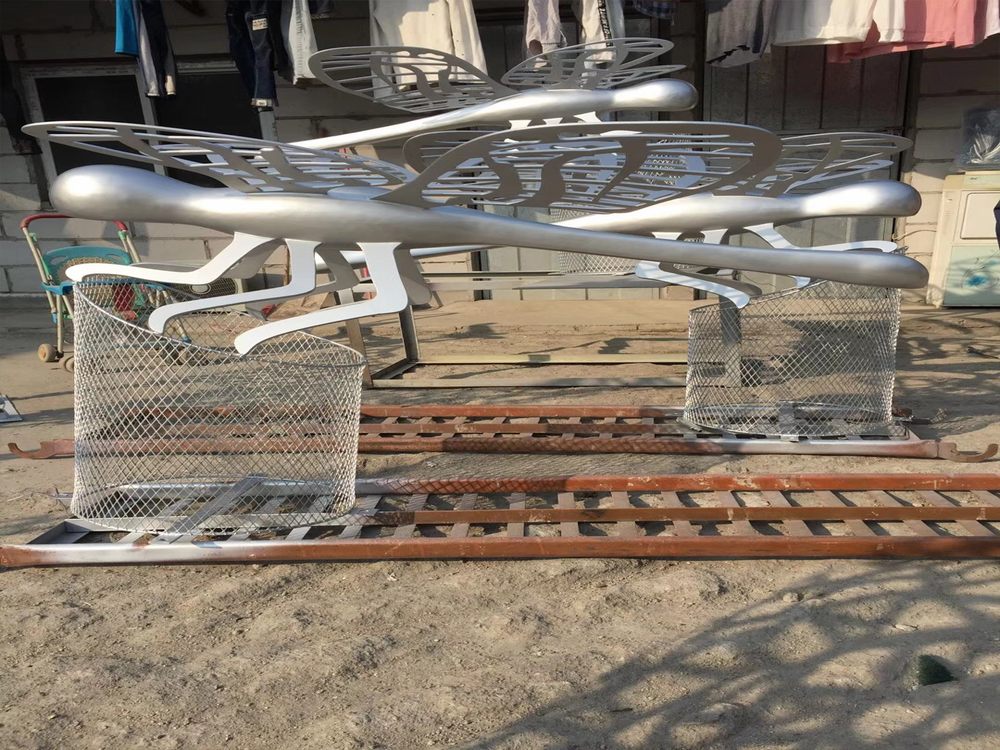
Artists have long turned to metal sculptures as a medium to engage with historical and archaeological themes, creating works that bridge the past and present. By manipulating materials like bronze, steel, and iron, they reinterpret ancient artifacts, myths, and cultural narratives, offering fresh perspectives on bygone eras.
One approach involves reconstructing fragmented historical objects, where artists use metal to reimagine broken relics, infusing them with modern aesthetics. For instance, some sculptors replicate corroded archaeological finds, emphasizing the passage of time while adding contemporary twists. Others draw inspiration from ancient myths, crafting metal pieces that retell stories through abstract or symbolic forms.
Metal’s durability also allows artists to explore themes of permanence and decay, mirroring archaeological processes. Sculptures may mimic weathered surfaces or incorporate patinas to evoke antiquity, creating a dialogue between materiality and history. Additionally, some artists embed actual archaeological fragments into their metalworks, blurring the line between art and artifact.
Through these methods, metal sculptures become more than aesthetic objects—they serve as vessels for cultural memory, inviting viewers to reflect on humanity’s shared heritage. By engaging with historical and archaeological themes, artists not only preserve the past but also reinterpret it, ensuring its relevance in contemporary discourse.

